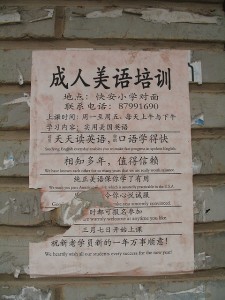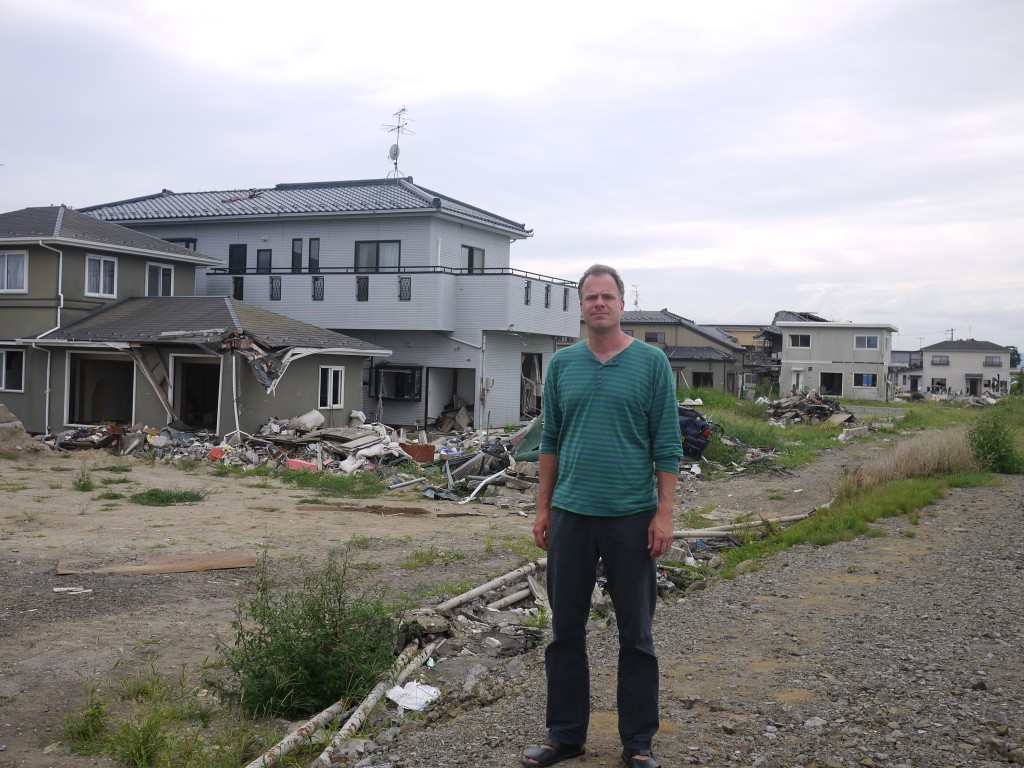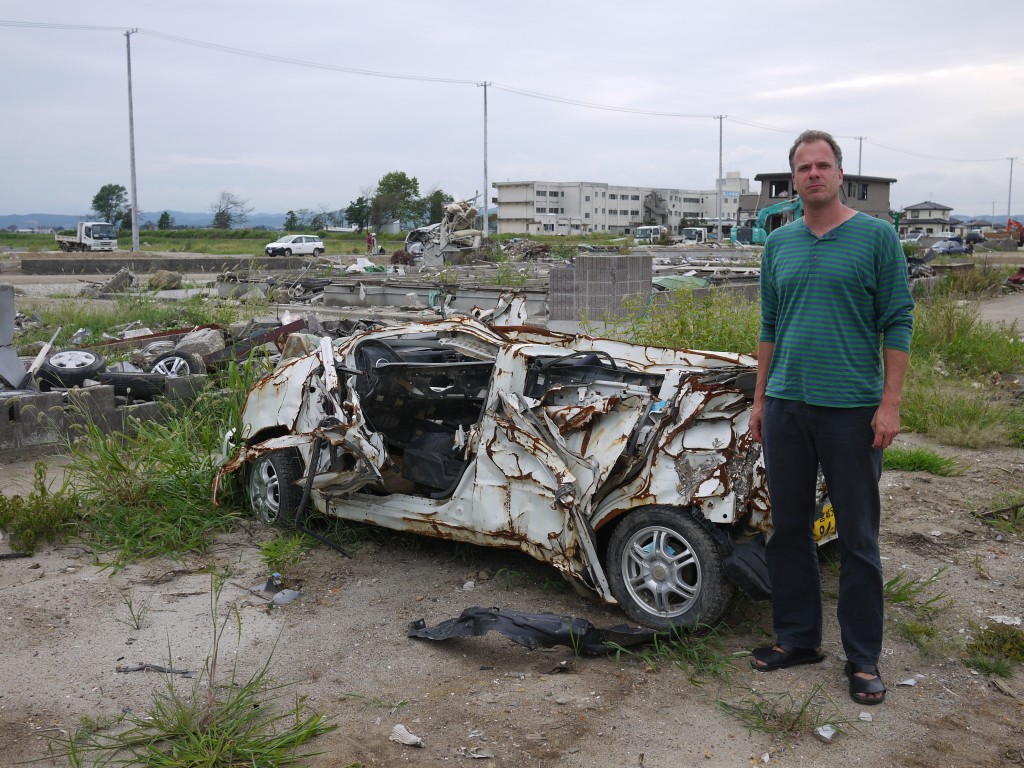While driving around with Billy McMichael in Tohoku it emerged clearly that there’s no consistent policy as to whether property and former house owners will be allowed to rebuild their houses in areas that were swept by the Tsunami. The arguments for/against are clear, I suppose.
No, don’t allow rebuilding: It might have been a once-a-millennium Tsunami, but that’s just an average, so re-building should not be allowed so as not to raise the expectation that they state/municipality backs homeowners up when there are recurring disasters.
Yes, allow rebuilding: a) It’s private property, owners should be allows to do with it what they want to do. b) It’s their home and returning to a rebuilt home may be an important part of grieving and recovery.
In Soma and Shinchi it seemed that rebuilding would not be permitted while in Nattori it seemed like there were preparations under way for rebuilding.
If there’s any rebuilding, will more protection against Tsunamis be built? 10-15 years ago, the Japanese government would have enthusiastically said, “Yes, let’s build a 40m dyke, that will show the waves!” and would have begun mixing the concrete. While the current government is not noticeably smarter with these kind of decisions, it has noticeably less financial leeway, so that is not an option. Improvements to the Tsunami warning system are being considered, however.
As an aside, my new prepaid phone that AU made me get as the old one was using a CDMA generation that is about to go out of service, has an earthquake warning function built in. No good, if you’re a prepaid (i.e. cheap) customer as prepaid doesn’t include any data traffic, but imagine the warning before a quake is about to strike. Presumably phones buzzing all around…
The other big questions regarding rebuilding is not about private residences, but about the economic bases of towns. Some of the towns on the coast were obviously highly dependent on specific industries or employers. Some fishing towns may have been deriving as much as 70% of the overall residents’ incomes from fishing (fishermen themselves, longshoremen, harbour operators, packers, freezers, shippers, etc.). With harbours entirely out of commission, many of the under- or un-employed are hiring on with the construction crews that are cleaning up Tsunami debris.
The situation in towns closer to the nuclear plants is even more tragic in that jobs have been lost as adding insult to the injury suffered from radiation.
Any agricultural or fishing products will obviously also suffer from the spectre of radiation for some years to come to the extent that consumers in Japan or elsewhere will be able to identify produce/products from Fukushima and Miyagi.
So, should towns, prefectures and the national government encourage re-building when many of the affected areas were already in demographic decline? What’s the alternative to encouraging economic rebuilding? If there was a serious push for green energy (unclear whether PM Noda will continue PM Kan’s recent anti-nuclear rhetoric), wouldn’t it be terrific if some of the r & d or production could be located in Tohoku? But will that really revive these towns on the coast?
I am contemplating some limited research to investigate the role that juku (as low capital-cost, high social integration potential for communities) might play in the revival of some rural towns. One of my main juku contacts in Tokyo lost his mother in the Tsunami while his older brothers still reside in Kesennuma. He is eagerly waiting for some local leadership to emerge (no one has any illusions about any of the DJP (or LDP for that matter) leaders becoming true leaders in the sense of charismatic visionaries) to (re)consider the future of these towns. I hope that juku might give me a little bit of an angle to examine the future development of Tohoku.






